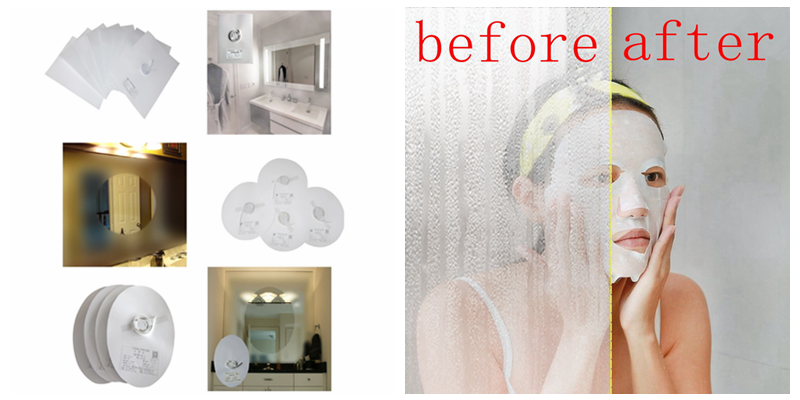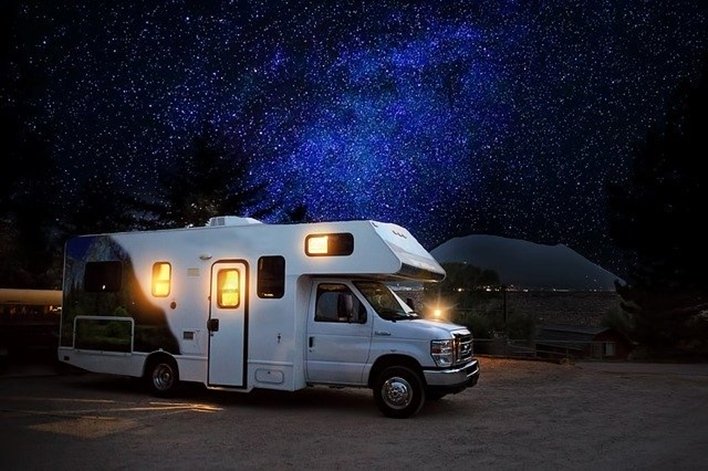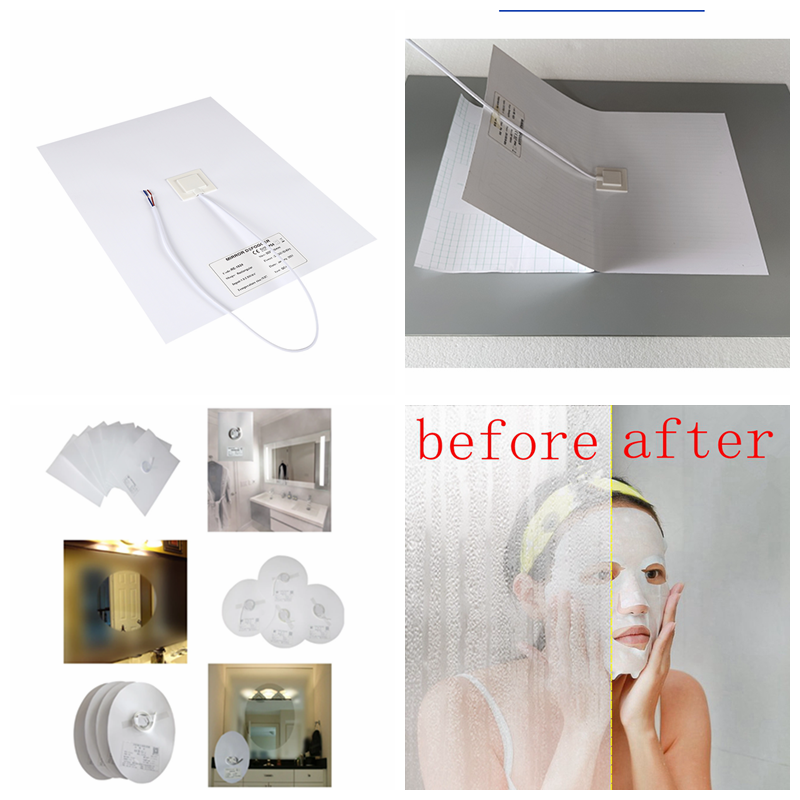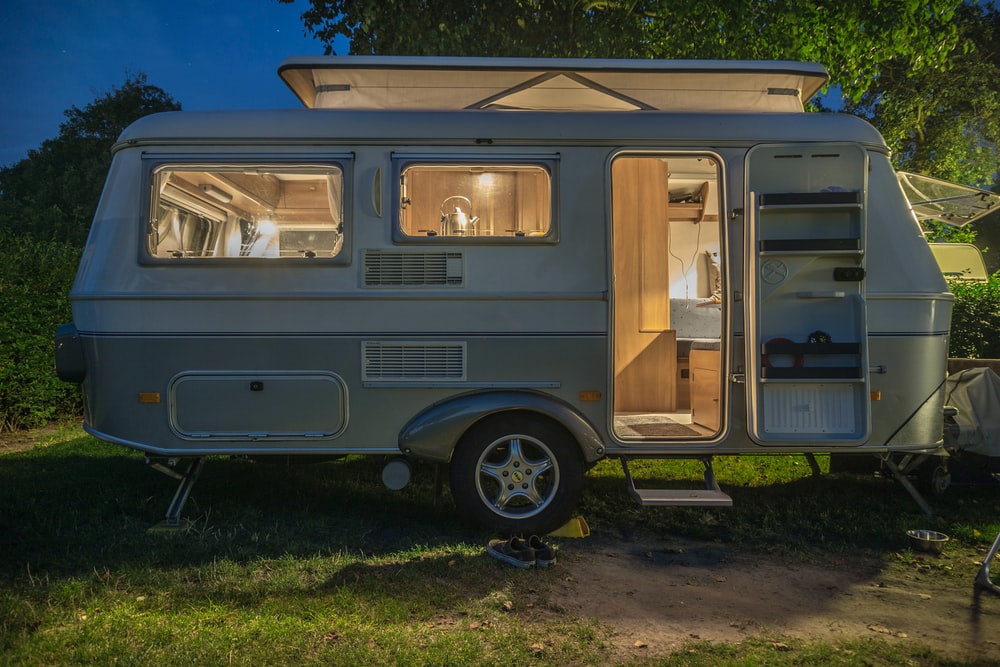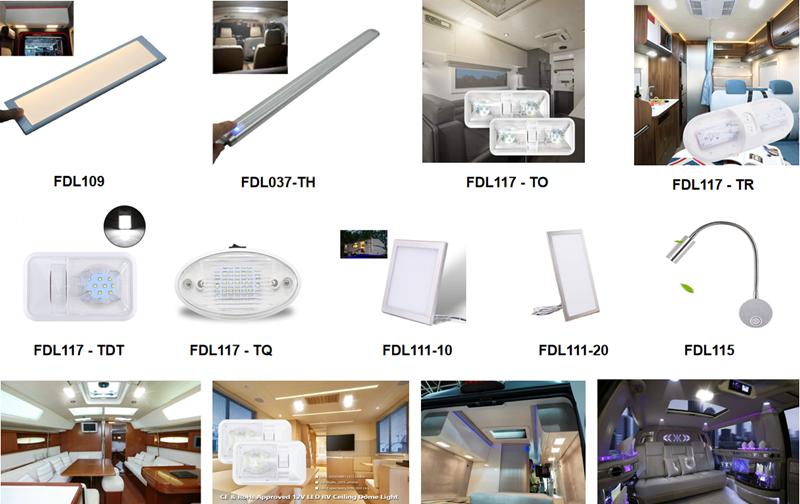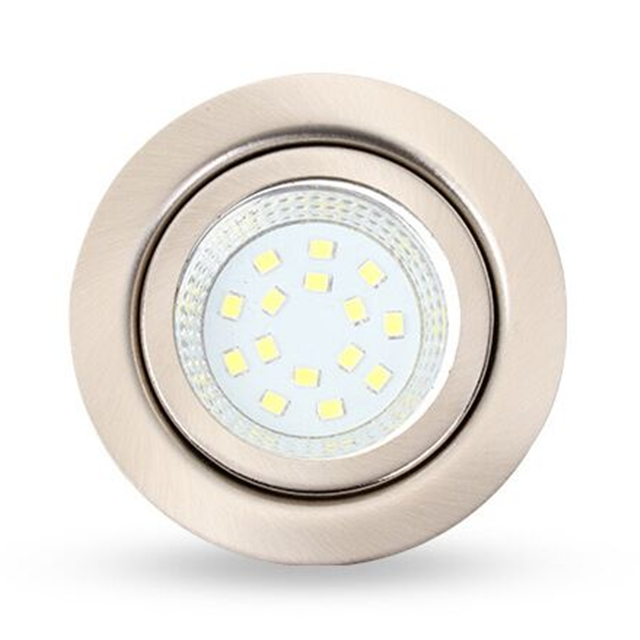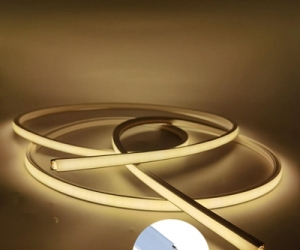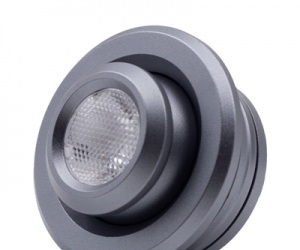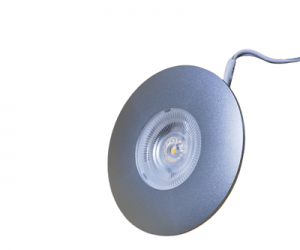Why RV Manufacturer Should Choose RV Lights to LEDs for Their Product?
Are you still using the traditional halogen or incandescent bulbs for your RV? Upgrade to LED lights now to cut back on your RV battery power usage while increasing the brightness of your interior and enjoy the benefits of efficient and flexible lighting!
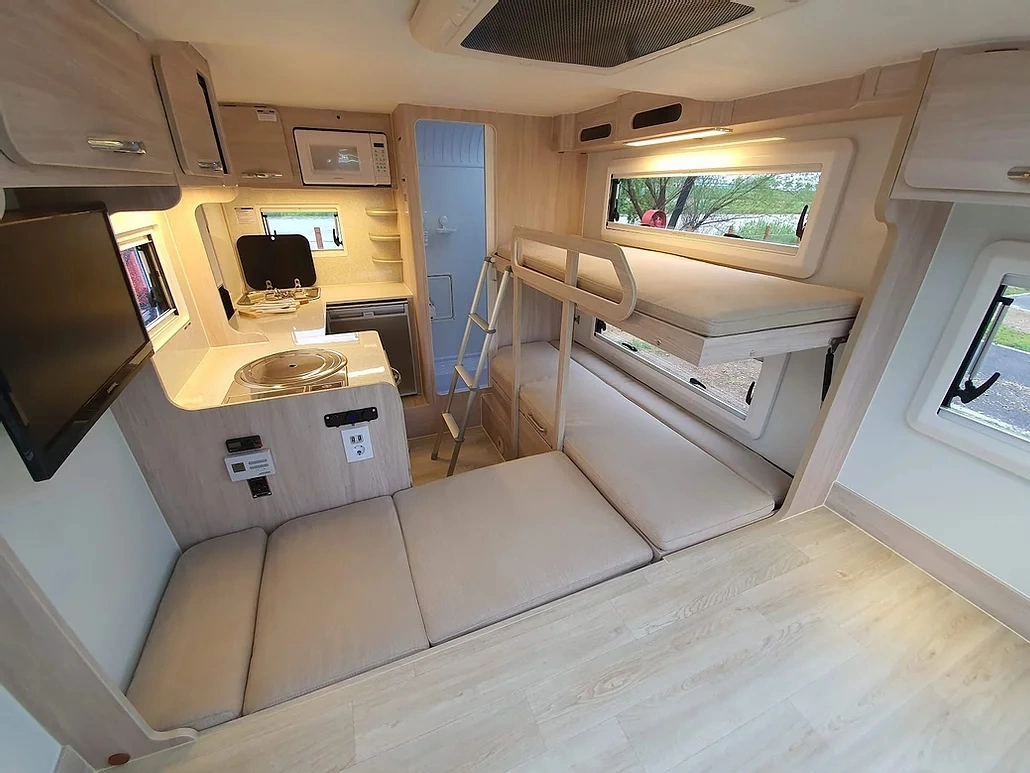
One of the quickest ways to upgrade the look of your RV and give it a more modern appearance is to switch your incandescent, halogen, or fluorescent bulbs to LEDs. LED bulbs have come down in price over recent years than before, making it an even easier decision to upgrade your lights. Of course, you don't have to change every bulb all at once, as motorhomes and coaches have a lot of interior lights! You can make the transition by switching out a certain section or certain type of bulb at a time. Here are some reasons why investing in LED bulbs is beneficial for your RV:
1. Lower energy consumption but higher brightness!
Most RVs come with incandescent (sometimes halogen or fluorescent) bulbs due to their lower cost, but LED bulbs are the most efficient lights on the market, using only a small fraction of the energy of other bulb types. For instance, they are about 80% to 90% more efficient than incandescent bulbs. This is because a large percentage of the energy used by incandescent bulbs is converted to (and wasted as) heat, rather than light. On the other hand, LED bulbs don't produce as much heat, so more of their energy is used for light. If you're at a campground with hookups, you want to minimize your use of electricity to save money. When boondocking, using less energy to keep the lights on extends the life of your battery. LED lights are highly efficient and will help you conserve energy in both scenarios. There is less draw on the batteries or solar systems, and if you are staying at a campground, you won't be using as much of their electricity. Keep in mind that you will need to check your fixtures and make sure the LED lights you choose are compatible. LEDs that are made for RV use (10-30V) will not use as much energy as those made for home use.
2. Less heat dissipation!
In most types of bulbs, especially halogen, a lot of their energy is given off in the form of heat. This makes them unsafe to touch until cooled off and it can cause damage to walls or ceilings in the form of burn marks. LED lights remain safe to touch even when lit. By giving off less heat, this also helps keep inside temperatures lower, which is an added bonus in the summer when you want the RV interior to be as cool as possible.
3. Long life expectancy!
LED lights last much longer than traditional bulbs so there will be little need for replacement. LEDs can last over 25,000 hours, compared about 1,000 hours for an incandescent bulb. Most standard bulbs will instantly fail when they reach the end of their lifespan, however LEDs will instead gradually fade over time. To maximize the lifespan, an LED light should have a heat sink that will draw away whatever internal heat is created and disperse it.
4. Vibration resistance!
LEDs are made for greater durability than they were in the past. Unlike a stationary setting like a home or office, vibration becomes a factor for light fixtures in a moving vehicle such as an RV. When driving in your RV, the vibration resistance for LEDs means less potential for internal bulb damage.
5. Color temperature options!
Color temperature is measured in Kelvins and refers to the warmth or coolness of the light. The higher the number, the closer the light is to natural daylight. Lower numbers give a more yellow light, higher numbers give a white to bluish light. LED lights typically come in three color types: warm white, cool white, and natural white. Cool white is better for task lighting due to its brighter tone. Warm white is better for smaller areas such as your RV's bathroom or bedroom. Natural white lies in-between warm white and cool white.
6. Lower costs!
While still more expensive than other types of bulbs, in the long run they will end up costing you less. Initial costs on LEDs also continue to go down as technology improves. Over time, maintenance and replacement costs are lower than with fluorescent, halogen, or incandescent bulbs. Less draw on the electricity means you won't be paying as much for electrical power at the campground.
7. Save your money!
It's no secret that LED lights to cost more upfront. However, they typically make up for this in the long run with their extended lifespans and low electricity cost. If you're at a campground with hookups, using energy-efficient lighting can help minimize your electric costs. If you're using a generator while boondocking, LED lights will require less energy and result in less fuel burned. How quickly you recoup your costs after making the switch to LED depends on several factors, including how many bulbs you replace, how much you pay for electricity, and how often you use your bulbs. The price of LED lights has come down in recent years and is expected to continue to do so in the future. However, it's not always beneficial to seek out the least expensive option—you get what you pay for, and dropping a few extra bucks on a higher quality light can be worth it long-term.If you decide to replace your current lighting with LED bulbs, you can do so all at once or gradually over time. If you choose to make updates over time, consider which bulbs you use most often each day, and target these first.
We manufacture and export many interiors and exterior LED lights available for your RV, including under cabinet tube lights, task lights, and reading lights, we also can customize according to client's needs.

